We use cookies. Read more about them in our Privacy Policy.
- Accept site cookies
- Reject site cookies
Search results:
- Afghanistan
- Africa (African Union)
- African Union
- American Samoa
- Antigua and Barbuda
- Bolivia (Plurinational State of)
- Bonaire, Sint Eustatius and Saba
- Bosnia and Herzegovina
- British Virgin Islands
- Brunei Darussalam
- Burkina Faso
- Cayman Islands
- Central Africa (African Union)
- Central African Republic
- Channel Islands
- China, Hong Kong Special Administrative Region
- China, Macao Special Administrative Region
- China, Taiwan Province of China
- Cook Islands
- Côte d'Ivoire
- Democratic People's Republic of Korea
- Democratic Republic of the Congo
- Dominican Republic
- Eastern Africa (African Union)
- El Salvador
- Equatorial Guinea
- Falkland Islands (Malvinas)
- Faroe Islands
- French Guiana
- French Polynesia
- Guinea-Bissau
- Humanitarian Action Countries
- Iran (Islamic Republic of)
- Isle of Man
- Kosovo (UNSCR 1244)
- Lao People's Democratic Republic
- Liechtenstein
- Marshall Islands
- Micronesia (Federated States of)
- Netherlands (Kingdom of the)
- New Caledonia
- New Zealand
- North Macedonia
- Northern Africa (African Union)
- Northern Mariana Islands
- OECD Fragile Contexts
- Papua New Guinea
- Philippines
- Puerto Rico
- Republic of Korea
- Republic of Moldova
- Russian Federation
- Saint Barthélemy
- Saint Helena, Ascension and Tristan da Cunha
- Saint Kitts and Nevis
- Saint Lucia
- Saint Martin (French part)
- Saint Pierre and Miquelon
- Saint Vincent and the Grenadines
- Sao Tome and Principe
- Saudi Arabia
- Sierra Leone
- Sint Maarten
- Solomon Islands
- South Africa
- South Sudan
- Southern Africa (African Union)
- State of Palestine
- Switzerland
- Syrian Arab Republic
- Timor-Leste
- Trinidad and Tobago
- Turkmenistan
- Turks and Caicos Islands
- United Arab Emirates
- United Kingdom
- United Republic of Tanzania
- United States
- Venezuela (Bolivarian Republic of)
- Virgin Islands U.S.
- Wallis and Futuna
- Western Africa (African Union)

Search countries
Search for data in 245 countries
- SDG Progress Data
- Child Marriage
- Immunization
- Benchmarking child-related SDGs
- Maternal and Newborn Health Disparities
- Continuity of essential health services
- Country profiles
- Interactive data visualizations
- Journal articles
- Publications
- Data Warehouse
How COVID-19 is changing the world
A statistical perspective, Volume I

COVID-19 has turned the world upside down. Everything has been impacted. How we live and interact with each other, how we work and communicate, how we move around and travel. Every aspect of our lives has been affected. Decisions made now and in the coming months will be some of the most important made in generations. They will affect people all around the world for years to come. It is imperative that governments making those decisions have access to the best information available. Throughout this crisis, the international statistics community has continued to work together, in partnership with national statistical offices and systems around the world to ensure that the best quality data and statistics are available to support decision making during and after the crisis. This report gives a small flavor of that cooperation. It has been compiled jointly by 36 international organizations, under the aegis of the Committee for the Coordination of Statistical Activities (CCSA).
The United Nations and other partner organizations of the CCSA make a wealth of impartial data and statistics available free of charge with the spirit of promoting facts-based planning. This report presents a snapshot of some of the latest information available on how Covid-19 is affecting the world today. Although a wide range of topics are covered in this report, a consistency of message is clear – this is an unprecedented crisis, and no aspect of our lives is immune. The quantitative knowledge presented in this report covers different aspects of public and private life from economic and environmental fluctuations to changes that affect individuals in terms of income, education, employment and violence and changes affecting public services such as civil aviation and postal services. The report also puts a spotlight on the affects for some sub-population groups like women and children as well as geographical regions.
DOWNLOAD THE REPORT
A snapshot from the report:
Covid-19 is altering the lives of children – especially the most impoverished – to a catastrophic extent.
Children already left behind will likely bear the brunt of the pandemic’s impact, whether through missing out on life-saving vaccinations, increased risk of violence, or interrupted education.
Many children, especially those in the poorest households and the poorest parts of the world, risk losing their lives to pneumonia, diarrhoeal diseases, malaria, HIV and other preventable diseases unless urgent action is taken to mitigate the spread of COVID-19. For instance, any further disruptions to immunization services will result in more children dying from pneumonia, which already kills around 800,000 children under the age of five every year – about 2,200 per day.
Access more information on child mortality and COVID-19
Handwashing with soap and clean water is out of reach for many children
Access more information on WASH and COVID-19
Lack of access to digital technologies keeps many children from learning
Children already at risk of violence find themselves more vulnerable.
As communities are being disrupted, children already at risk of violence, exploitation and abuse will find themselves even more vulnerable. Nearly 8 in 10 children from 1 to 14 years of age were subjected to some form of psychological aggression and/or physical punishment at home by caregivers in the past month. As many as three quarters of children aged 2 to 4 worldwide are subject to verbal aggression or corporal punishment by caregivers at home. In addition, 18 per cent of ever-partnered women and girls aged 15 to 49 have experienced physical and/or sexual partner violence. During times of crisis, especially now, girl’s and women’s risks of intimate partner violence in the home is very likely to increase.
Access more information on child protection and COVID-19
Of the world’s 13 million child refugees, those who reside in camps face similar challenges. They, along with a million child asylum-seekers and 17 million displaced children, are among those most likely to be excluded from social protection, and to be negatively affected by movement restrictions that may keep them from obtaining a more secure status.
Access more information on child migration/displacement and COVID-19
For more information on how COVID-19 is altering the lives of children, please refer to the report.
Related resources
Data to inform the covid-19 response.
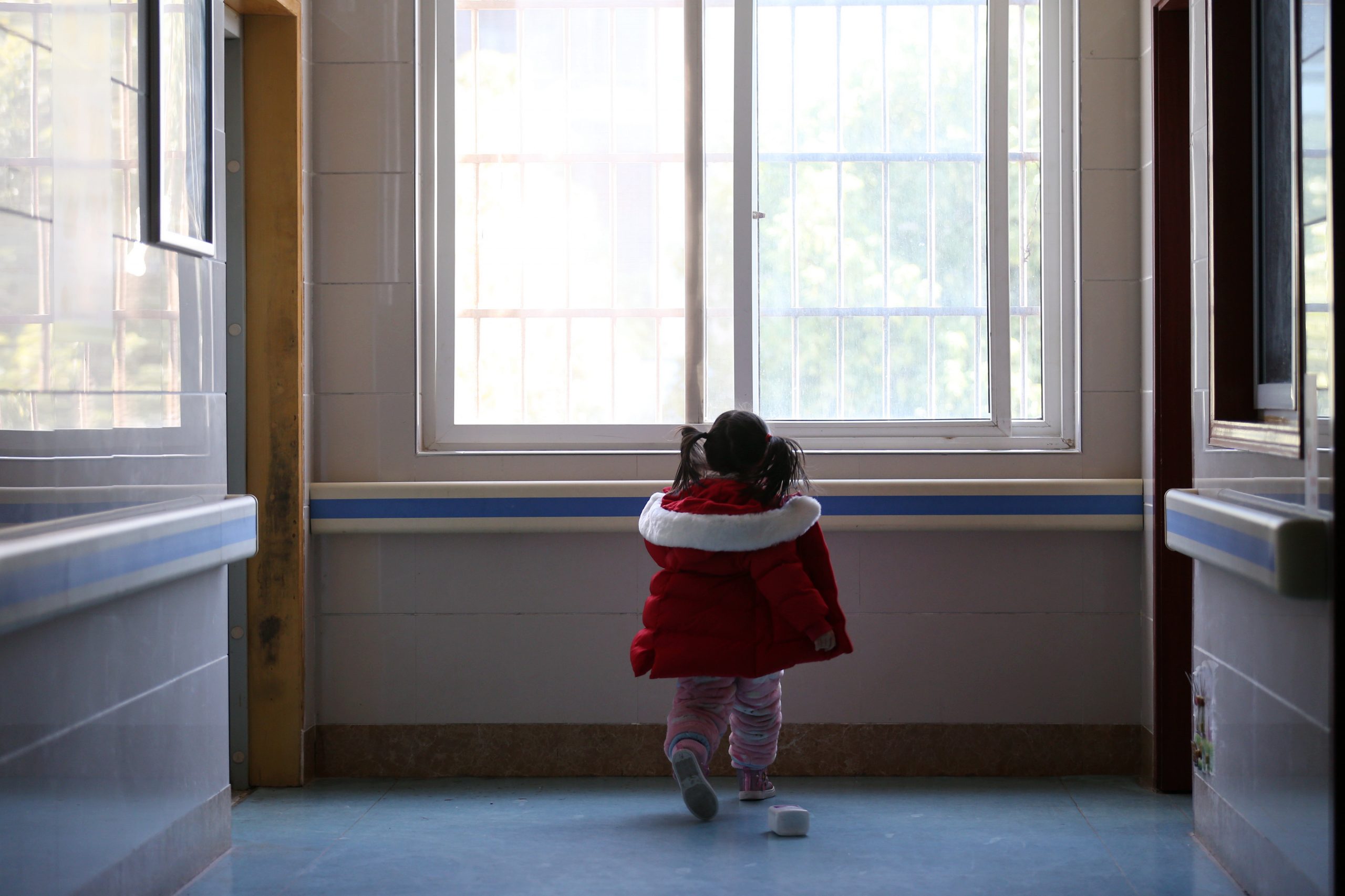

Handwashing data to inform the COVID-19 response
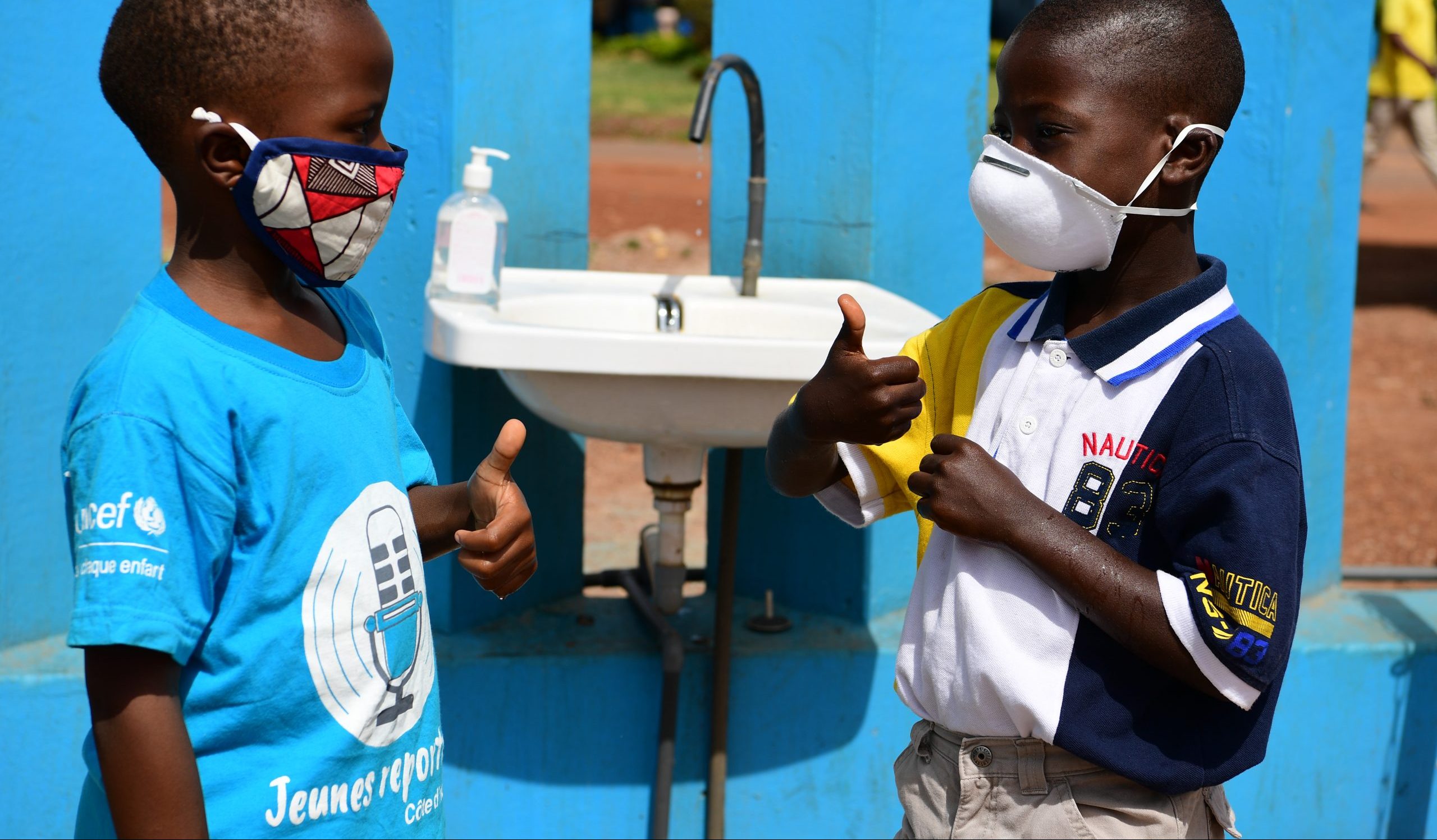
Tracking the situation of children during COVID-19
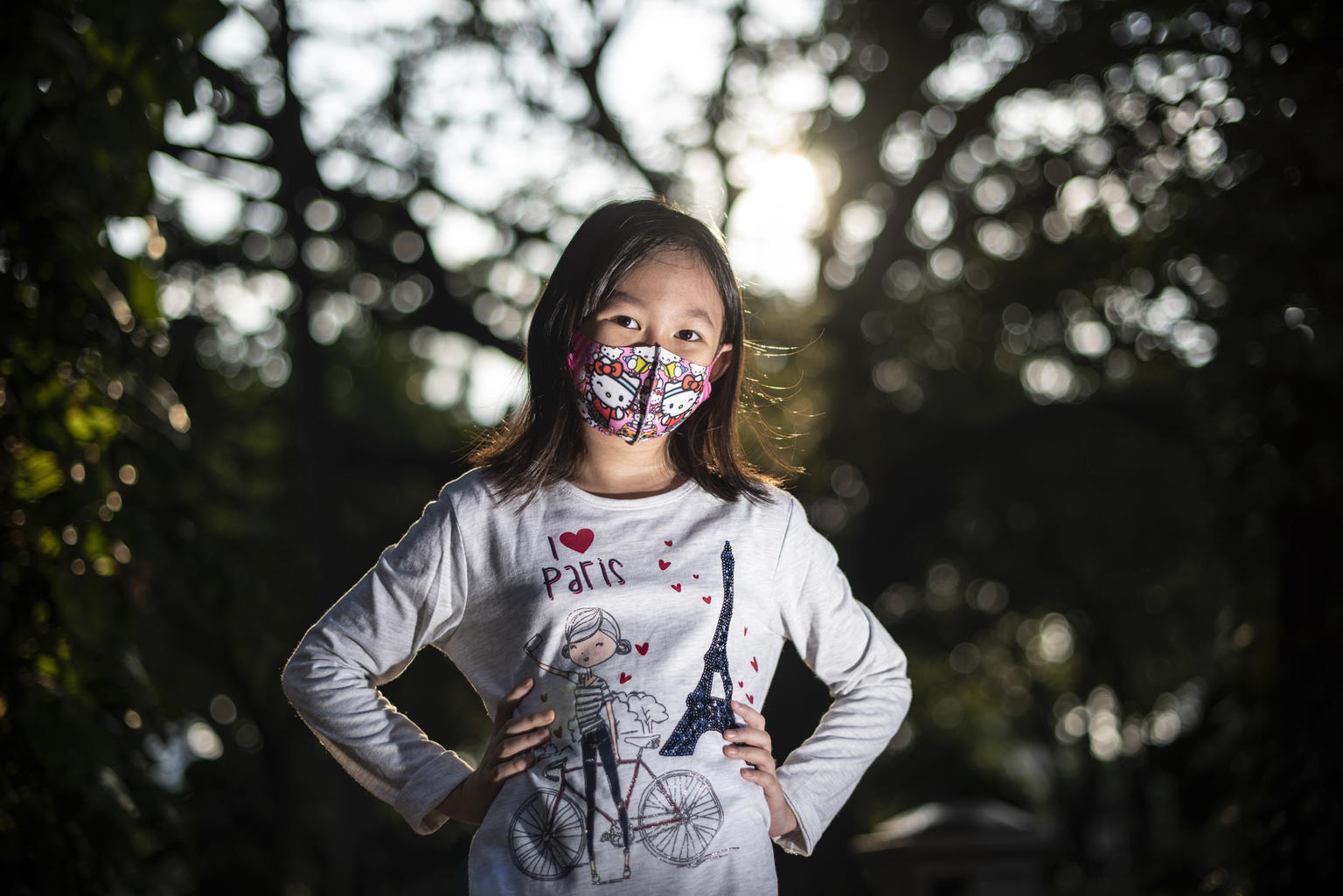
How COVID-19 is changing the world: A statistical perspective, Volume II
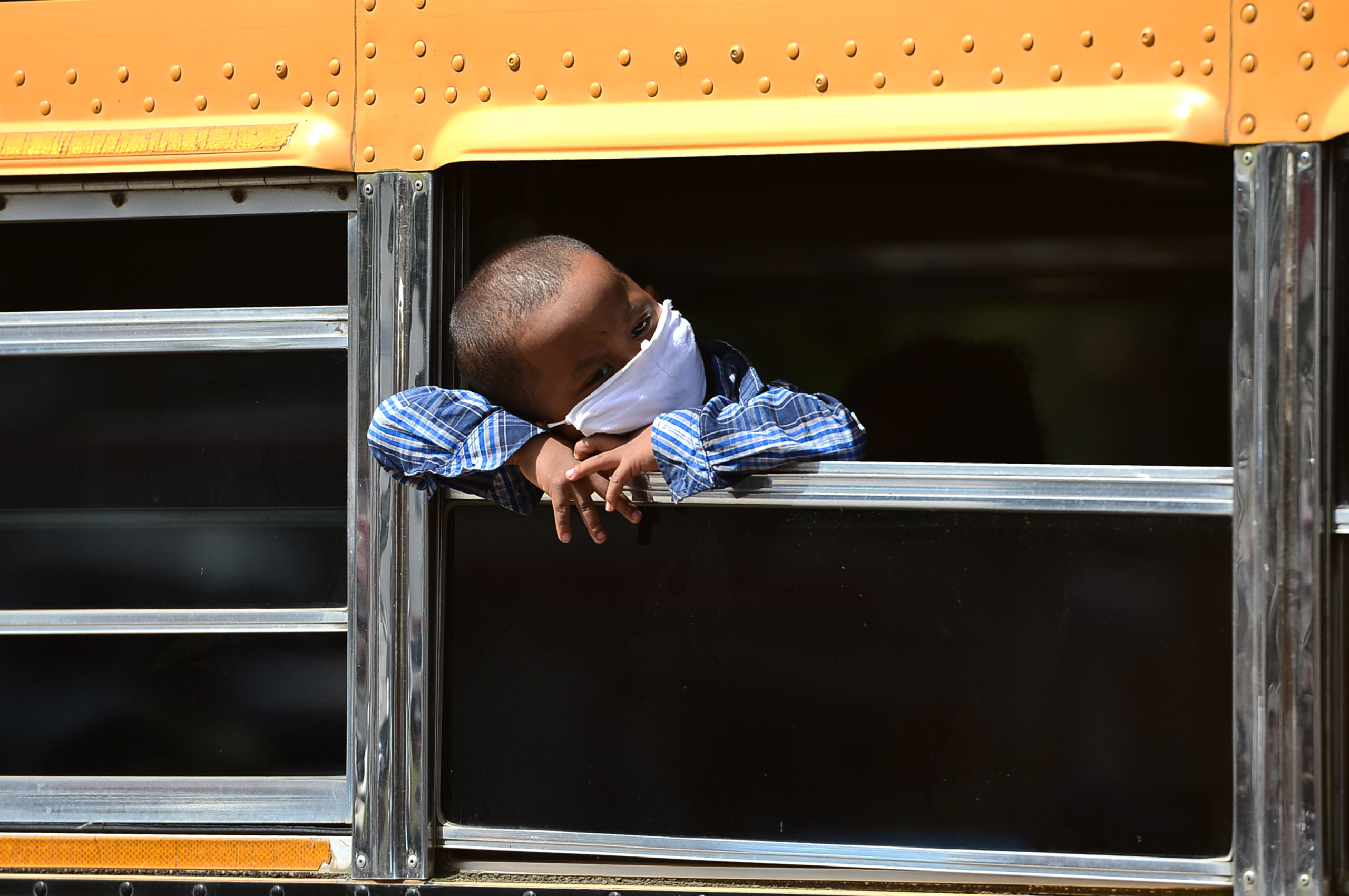
Join our community
Receive the latest updates from the UNICEF Data team
- Don’t miss out on our latest data
- Get insights based on your interests
The dataset you are about to download is licensed under a Creative Commons Attribution 3.0 IGO license.
March 1, 2022
Introducing 21 Ways COVID Changed the World
The pandemic didn’t bring us together, but it did show us what we need to change the most
By Jen Schwartz
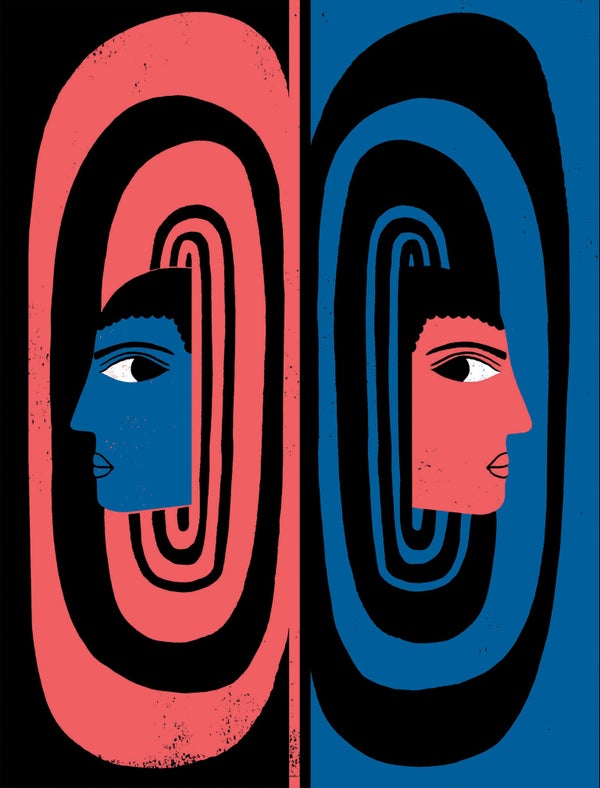
Hanna Barczyk
I n the spring of 2020 a cartoon was making the rounds on social media. It showed a city perched on a tiny island, surrounded by ocean. A speech bubble emerged from the skyline: “Be sure to wash your hands and all will be well.” Not far out at sea, a giant wave labeled “COVID-19” was about to crash over the city. Behind it was an even bigger wave marked “recession.” And beyond that one was a tower of water that threatened to swallow it all: “climate change.”
I’ve often thought of that statement, by Canadian cartoonist Graeme MacKay, in moments that seem to define our pandemic disorientation: the botched messaging, willful unpreparedness and exhausted confusion. In America, though, the cartoon didn’t play out exactly as drawn. The economy actually grew in 2021. Does that mean the damage wasn’t as bad as many predicted? That question can only be answered in the context of another superlative: the U.S. claims the highest reported number of COVID cases— as well as COVID deaths —in the world.
The past two years have been full of incongruities, paradoxes and absurdities. Consider the mRNA vaccines . Scientists formed a global hive mind and delivered a supereffective vaccine faster than anyone thought possible. But more than a year after the shots became available, the U.S. has one of the lowest vaccination rates among wealthy countries. Some Americans think the vaccine represents a weapon of oppression, if not a literal weapon.
On supporting science journalism
If you're enjoying this article, consider supporting our award-winning journalism by subscribing . By purchasing a subscription you are helping to ensure the future of impactful stories about the discoveries and ideas shaping our world today.
The politicization of our best tool for ending the pandemic surprised everyone. Except for the behavioral scientists, misinformation researchers, sociologists, historians and speculative fiction writers who spent 2020 waving their arms ( sometimes in the pages of this magazine ), calling attention to cognitive bias, influence operations, accessibility issues and barriers to trust. COVID was never going to be the “common enemy” that finally united Americans. As Alondra Nelson, who is now deputy director for science and society at the White House Office of Science and Technology Policy, explained it to me in December 2020: “This idyllic idea of solidarity, especially in a wartime modality, is created by making an enemy of someone else.” Indeed, former president Donald Trump tried to make an enemy by blaming the virus on China. His xenophobic rhetoric has spread, feeding dangerous conspiracy theories , threatening scientific research and leading to a rise in hate crimes.
The virus provoked other reckonings and pivots—not all of them bad. Many of us who could do our jobs remotely discovered the power of owning our time . COVID concerns made it easier for European cities to install miles and miles of bike lanes, giving us a glimpse of a car-free urban future . The pandemic revealed strange hidden interdependencies; hospital demand for liquid oxygen, for example, delayed rocket launches . It also worsened inequality , increased the prevalence of depressive disorders, added “moral injury” to the common lexicon and set back students’ learning trajectories for years to come.
Amid the noise of an ongoing emergency, it can be hard to notice troubling new trends . We should be far more concerned about the shadow of long COVID. If millions of people end up developing persistent health issues after the acute disease stage, they will likely encounter a medical system unable to do much more than shrug. As with the climate crisis , many of us avert our eyes from the specter of long COVID because its effects tend to be more insidious than dramatic, and the fixes aren’t quick or easy. Dealing with the problem requires acknowledging what was already broken. Yet for every bleak future there’s a hopeful one. Propelled by the force of patient advocates, research into long COVID could lead to new understanding of other postinfection illnesses and autoimmune disorders.
When we planned this issue, Omicron had not yet emerged. I wondered if people would be interested in stories about a pandemic that wasn’t over, even if they were over the pandemic. Would we be fearmongering to suggest that the pandemic hasn’t ended because we haven’t vaccinated the world, leaving us susceptible to variants that are more transmissible?
We’re all over COVID. But we can’t give up and leave our collective fate to the machinations of a virus, sighing in relief when one peak crests (for those of us still unharmed) and leaning on wishful thinking that only the best-case scenarios will come to pass. Avoiding adaptation isn’t the key to reaching the endemic stage, nor will it help us prepare for the even bigger waves of climate crises . We assembled this collection of stories to reflect on how COVID has already changed our world, as well as how our world has been resistant to change—even when a virus disrupts everything, even when it shows us what we need to change the most.

IMAGES
COMMENTS
The COVID-19 pandemic changed the relationship between the market economy, state, and society in the G7 countries and beyond. While economies collapsed due to the
Introducing 21 Ways COVID Changed the World. The pandemic didn’t bring us together, but it did show us what we need to change the most. Jen Schwartz. Health Care March 1, 2022.
A statistical perspective, Volume I. May 13, 2020. Publications. COVID-19 has turned the world upside down. Everything has been impacted. How we live and interact with each other, how we work and communicate, how we move around and travel. Every aspect of our lives has been affected. Decisions made now and in the coming months will be some of ...
Introducing 21 Ways COVID Changed the World. The pandemic didn’t bring us together, but it did show us what we need to change the most. In the spring of 2020 a cartoon was making the rounds on ...
Reading time: 3 min (864 words) The COVID-19 pandemic has led to a dramatic loss of human life worldwide and presents an unprecedented challenge to public health, food systems and the world of work. The economic and social disruption caused by the pandemic is devastating: tens of millions of people are at risk of falling into extreme poverty ...